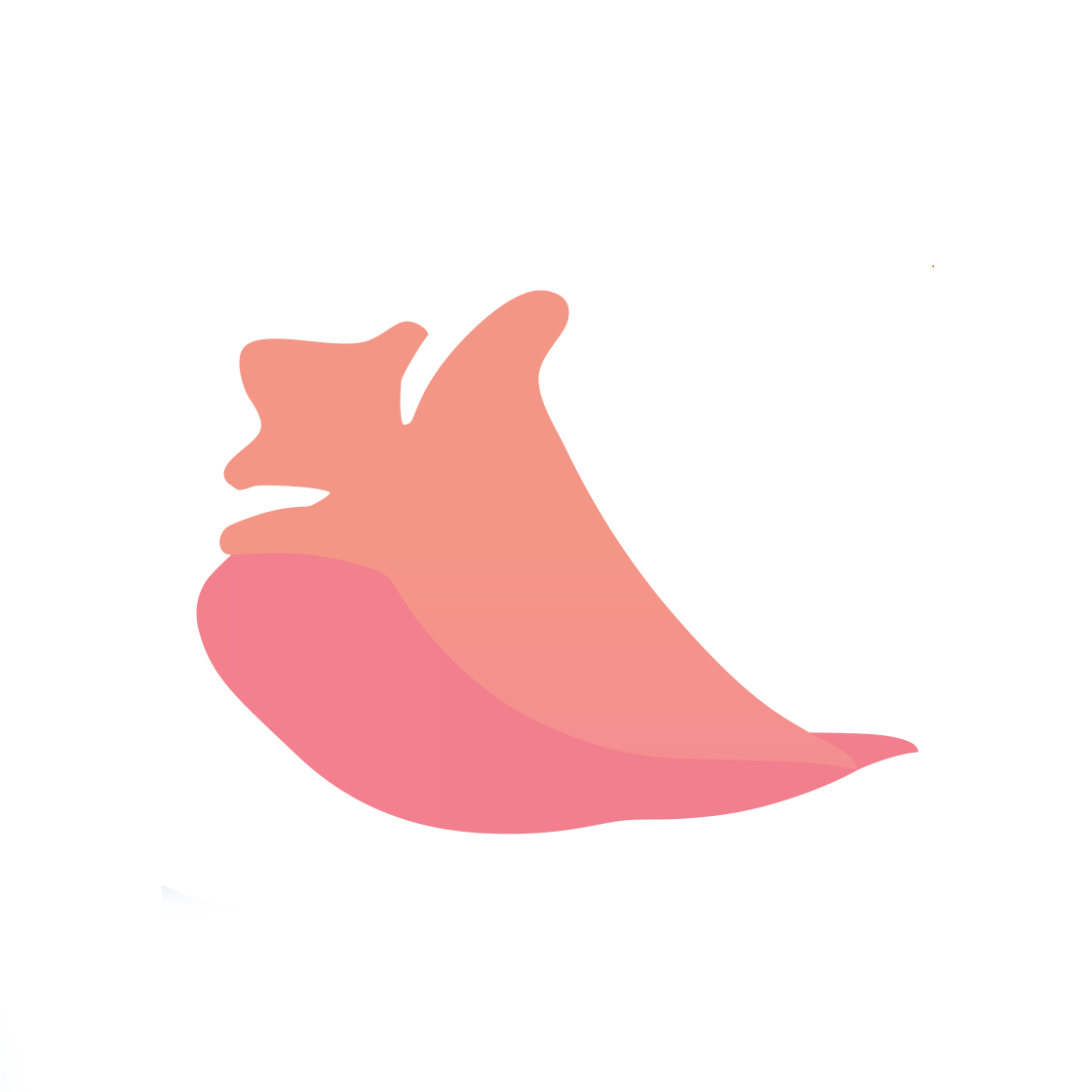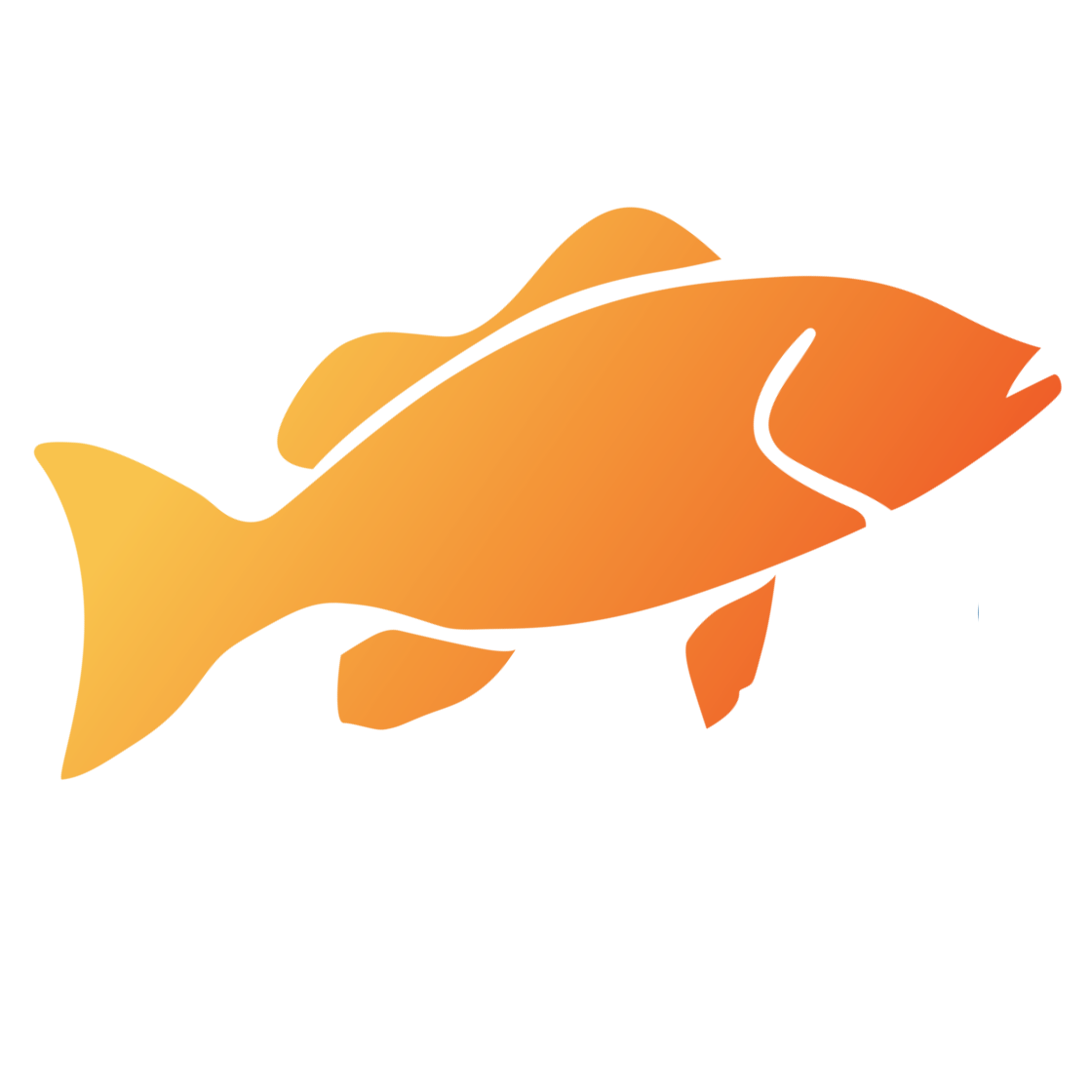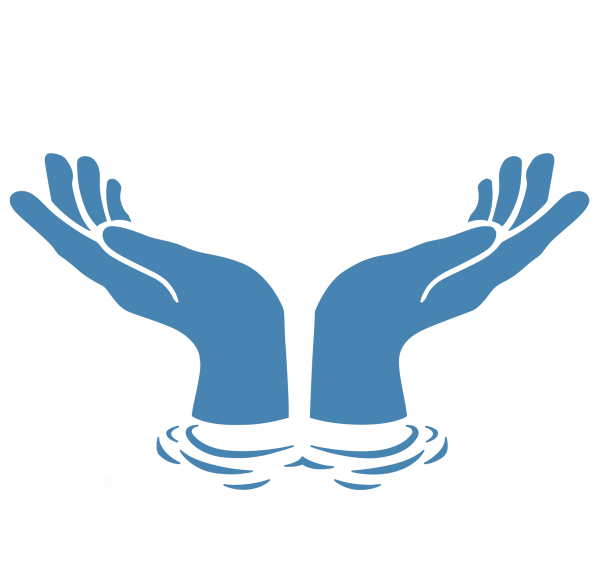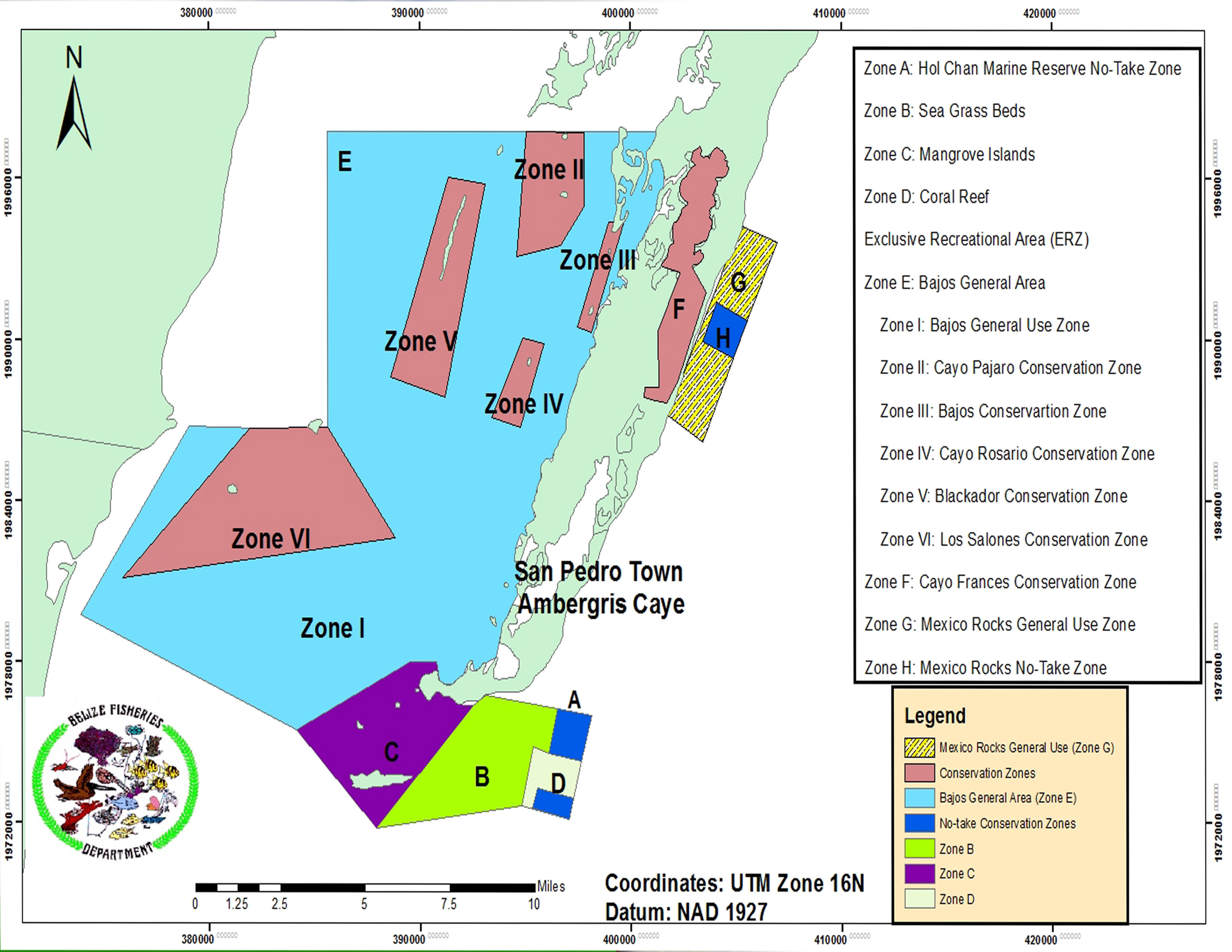HCMR
Hol Chan Marine Reserve
The protected area lies on a submarine extension of the Yucatan Platform, a drowned low-relief limestone platform that forms the reef lagoon, stretching from the Belize coastline to the reef crest and drop off. The Marine Reserve itself includes art of this platform, extending to the fore-reef, Boca Ciega, a collapsed sink hole and associated cave system within Zone C, being characteristic of this limestone landscape. It also includes the Hol Chan Channel, with a width of 23m and near vertical sides that drop to a depth of 10m.
With the new expansion of the reserve, it now consists of eight zones, an increase from the previous four zones making the reserve six times bigger.
Hol Chan Marine Reserve is under the jurisdiction of the Fisheries Department of the Ministry of Forestry, Fisheries and Sustainable Development, with the establishment of a Board of Trustees in 1994 for the purpose of directing and managing the affairs of the Reserve’ (SI 170 of 1994). As a Marine Reserve, it is managed for a combination of regulated extractive and non-extractive uses.
With the new expansion of the reserve, it now consists of eight zones, an increase from the previous four zones making the reserve six times bigger.
Rules and Regulations
General Rules
- Remove or disturb any flora or fauna, including rocks, dead corals, shells or sand, unless authorized by the fisheries administrator
- Have in his possession any flora or fauna unless authorized by the fisheries administrator
- Discharge or deposit any material including waste, toxic material or garbage, or litter into the waters or land areas of the reserve.
- Erect any structure whether temporary or permanent unless authorized by the fisheries administrator
- Mark or tamper with any buoys, signs or notice installed at the reserve
- Use long lines, fish traps, seine nets, gill nets or engage in spear fishing
- Engage in commercial fishing, sport fishing or recreational fishing within the reserve without a valid license issued in accordance with these regulations
- Cast or drag any anchor in any manner which may damage coral or any other sensitive habitat
- Engage in any activity with potential negative environmental impacts on species, habitats or ecosystems without approval from the Fisheries Administrator
General Rules for Snorkelers
- Dive and snorkel in the recreational zones upon registering
- Dive and snorkel in the reserve after he has been informed of the rules of the reserve
- SCUBA dive or use SCUBA diving equipment in the reserve if he is a certified SCUBA diver or undergoing SCUBA diving training course that is being conducted by a certified instructor
General Rules for Recreational Commercial Vessels
- All vessels must be registered in order to operate within the reserve and sticker should be visibly displayed
- A vessel will not be registered if it exceeds 45 feet in length and shall not carry more than 30 persons on board
- All vessels must first register with the ranger on duty before operating within the reserve, (all visitors must have a valid pass)
- Divers down flag should be displayed at all times
- All motor boats shall observe the low wake boat way when approaching divers & snorkelers
- A scuba dive tour & snorkel tour shall consist of a maximum of 8 divers or snorkelers to a dive master or tour guide
- All vessels are only allowed to stay in the exclusive recreational area if there are mooring buoys available & shall not stay more than 1 hour at any one time
- Vessels must use the mooring buoys provided and are only allowed to stay for more than an hour at any one given time
- A vessel that does not comply with these regulations will not be allowed to enter, operate or remain within the reserve
Zone A (Hol Chan Channel)
- Fishing of any kind is prohibited
- Feeding of fish is prohibited
- The use of gloves is prohibited
- No fishing gears are allowed except fins and mask
Zone D (Shark Ray Alley)
- Scuba diving within the exclusive recreational area of Shark Ray Alley is prohibited
- Feeding of sharks within Shark Ray Alley is allowed by tour guides from within the boat
- No harassing of flora and fauna
- No fishing gears are allowed except fins and mask
- The use of gloves is prohibited
Zone E (Bajos)
- Zone I is a general use area
- Catch & release is allowed in Zone II through Zone VI
- All vessels using the area must be registered, including sports fishing vessels
- There is a user fee for sports fishing of $20 Bze per person, per day
Zone H (Mexico Rocks, No-Take-Zone)
- Fishing is prohibited throughout this zone
- Use of gloves is prohibited
- Feeding of fish is prohibited
- No fishing gears are allowed except fins and mask
Zone F (Cayo Frances)
- Only catch and release allowed
Zone G (General Use Mexico Rocks)
- Spear fishing is not permitted
- Use of net is prohibited
Programs
Management and Conservation
The preservation of areas of critical habitat for several endangered species such as the reef and turtle grass beds for turtles and the mangrove areas for manatees. To regulate the use of the area by tourists and fishermen to prevent its over exploitation.
Education and Outreach
Hol Chan provides ecology and conservation lessons to tertiary and primary schools each year, making an effort to educate all on topics such as Marine reserves, Coral reef ecology, Mangroves, Seagrass, Queen conch, Sea turtles and Manatees.
Research and Monitoring
Marine protected areas in Belize are established as fisheries management tools. They are zoned into no-take areas (areas of no fishing) and general use areas (areas with some extractive uses). Two economically important fisheries product that Reserves play a major role in protecting their populations are conch and lobster.













